Ah, the 1980s—a decade of bold fashion, groundbreaking music, and significant geopolitical shifts. For much of the Western world, this was a period defined by the lingering effects of World War II while simultaneously navigating the complexities of the Cold War, with the United States locked in a prolonged ideological and economic rivalry with the Soviet Union.
Beyond politics, the decade saw significant changes in global trade, manufacturing, and consumer habits. The rise of Japanese exports, particularly in the automotive sector, presented a major challenge to American industries, leading to shifts in market dynamics and production strategies.
As Wall Street’s quarterly gains increasingly dictated corporate decision-making, many companies prioritized short-term financial performance over long-term innovation and quality.
At the same time, stringent government regulations forced automakers to adapt their designs and engineering, sometimes at the expense of performance and reliability.
During the early 1980s, British and American car manufacturers struggled to maintain their reputation for quality. Domestic vehicles were often plagued by issues related to reliability, build integrity, and overall performance.
Meanwhile, Japanese automakers made strides in mechanical dependability, but their vehicles had a notable Achilles’ heel—early-onset rust due to subpar sheet metal quality. This combination of factors led to skepticism among consumers, particularly in North America, where brand loyalty was being tested like never before.
Recognizing the growing dissatisfaction and aiming to restore faith in its products, Chrysler took a bold step by reintroducing its five-year, 50,000-mile basic warranty. This move was reminiscent of the warranty program the company had offered in the 1960s, an era when American automakers still held dominance in the global market.
By leveraging this extended warranty, Chrysler sought to assure customers that its vehicles could compete in both durability and reliability, hoping to win back those who had started considering Japanese alternatives.
The automotive landscape of the early 1980s was one of intense competition, shifting consumer expectations, and industry-wide transformation.
While American and British carmakers faced mounting challenges, Japanese manufacturers continued their ascent, shaping the future of the global automotive industry.
10. C4 Corvette
While never considered an especially attractive car, the C4 Corvette was a significant step up from the aging C3 Stingray, which limped through the late ’70s.
It boasted excellent handling and impressive speed, particularly in the ZR1 variant equipped with the 32-valve Mercury Marine engine. Even the standard 5.7L V8 had become more reliable, eliminating the notorious leaks while improving efficiency.
The overdrive transmission functioned smoothly, and the interior was well-designed. Braking and handling were among the best in its class, with performance metrics rivaling those of contemporary exotics. Maintenance-wise, it was relatively manageable for a Corvette.
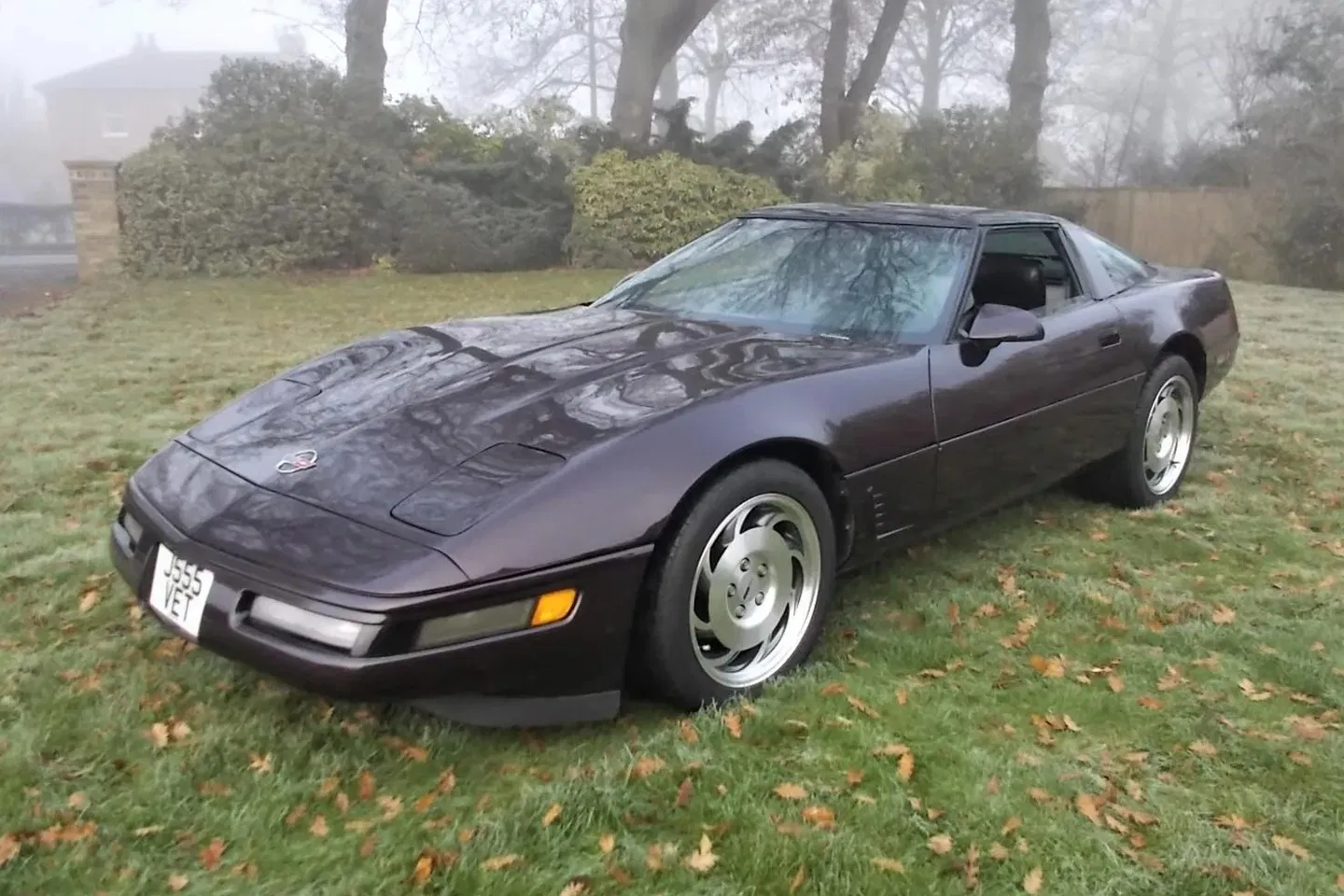
9. First Generation RX7
Ensuring proper lubrication of the rotor apex seals was crucial! Beyond that, regular oil changes, brake inspections, and filter replacements kept it running strong.
Both the 12A and 13B engines had a reputation for premature failure if owners neglected the essential practice of adding a small amount of oil into the intake manifold while running.
Otherwise, they performed exceptionally well, delivering the feel of a well-balanced six-cylinder sports car.
Also Read: 10 Turbo Engines That Don’t Sacrifice Reliability for Performance
The NHRA and SCCA even classified it in a way that equated its performance to a 3.5L V6. Despite popular belief, fuel economy wasn’t terrible, typically ranging from the high teens to the low 20s.
When properly maintained, these engines could surpass 80,000 miles, and the surrounding components were of commendable quality.
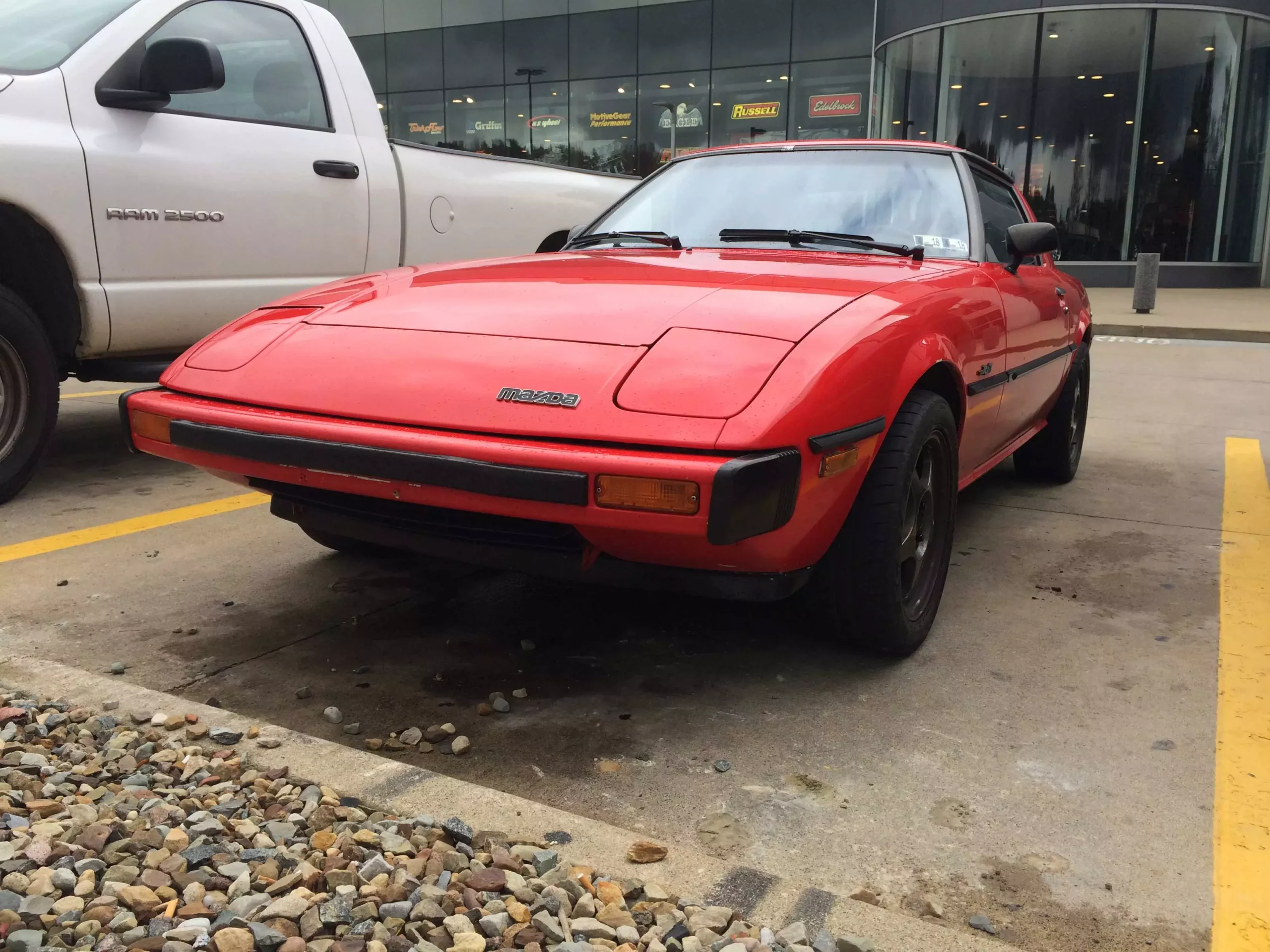
8. Celica GTS
The third-generation Celica was equipped with one of the most durable engines ever produced—the 22RE. While slightly less robust than the preceding 20R, proper maintenance ensured longevity.
Rust was a major issue, particularly in areas prone to corrosion, since Japanese automakers hadn’t yet implemented widespread zinc coating on their vehicles. However, mechanically, these cars were rock solid.
Essentially, this was a Toyota Supra with two fewer cylinders, making it a far more affordable option.
Later ST models saw a reduction in power due to the use of a 1.8L engine, but the 2.0L and 2.2L variants became legendary for their resilience. In addition, the Celica’s electrical system was better executed than the Supra’s, further solidifying its reputation for reliability.
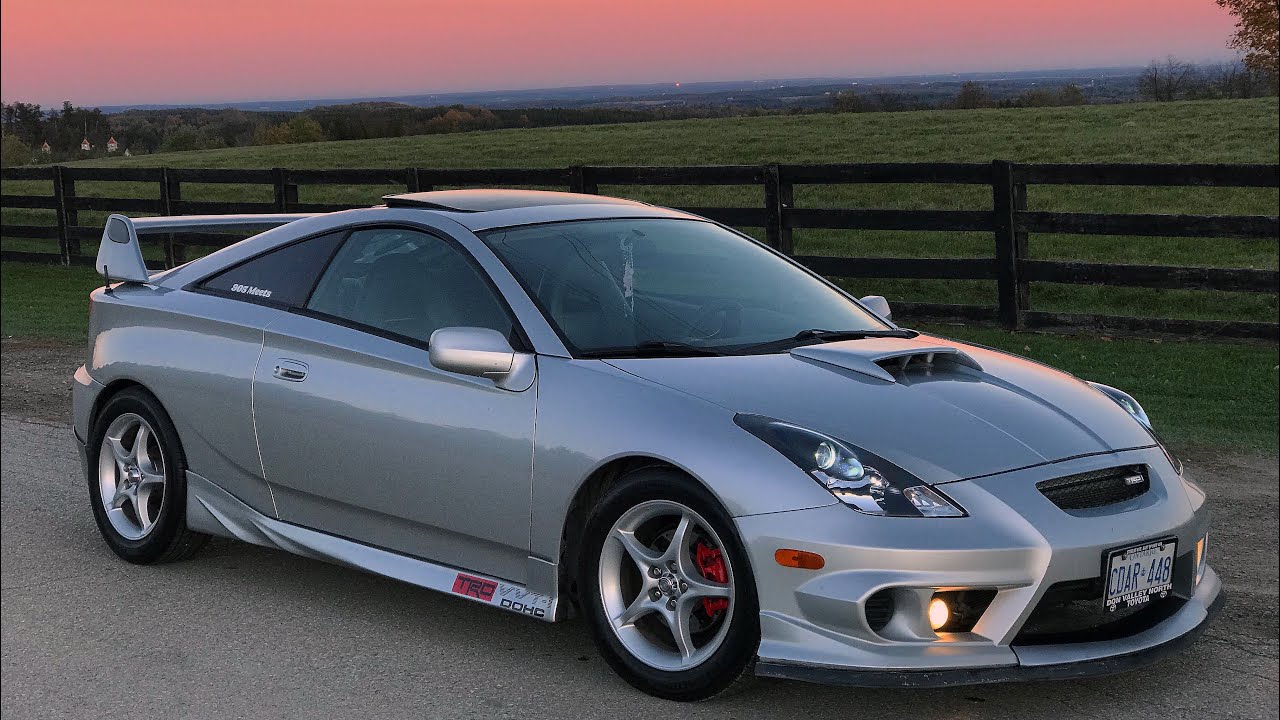
7. Pantera GT5
Exotic cars are rarely associated with reliability, but after 15 years of production, numerous refinements had been introduced. Now featuring an Australian-upgraded version of the 351C engine, paired with a transaxle offering an additional gear, the GT5 had evolved significantly.
Enhancements included larger brakes, improved wiring, better handling, and an engine that used parts readily available at a major chain store of the era.
The design also saw improvements. The interior transitioned from minimalistic to luxurious when DeTomaso introduced the GT5 variant. However, it was no longer available through Ford, requiring buyers to go through specialized boutique vendors instead.
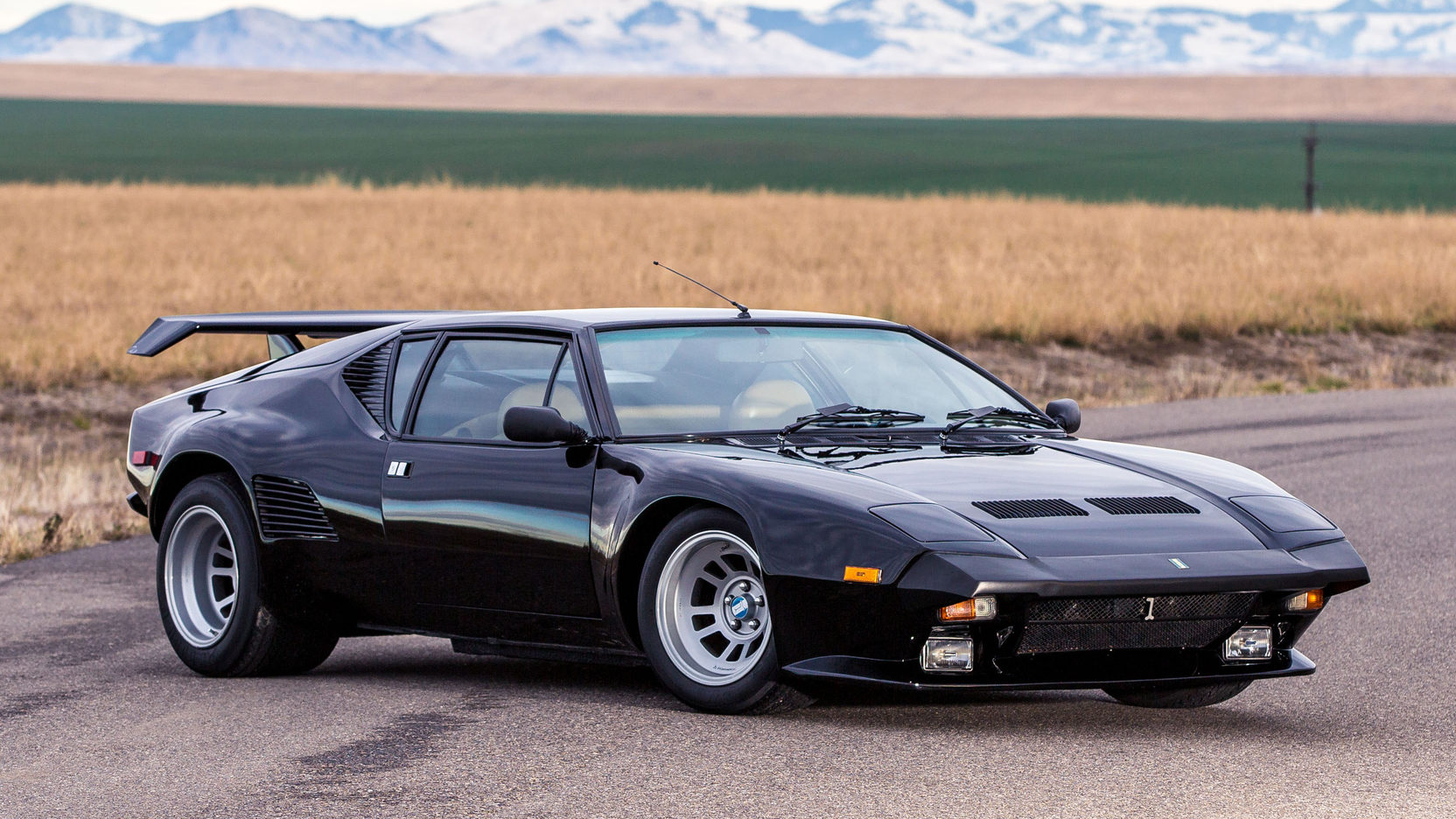
6. Nissan 300ZX And ZX Turbo
A durable, well-crafted, though somewhat plain-looking vehicle, the 300ZX excelled in multiple areas. With outstanding handling, solid power, and high-quality construction, there was little to complain about.
While its styling was modest and the power output wasn’t groundbreaking, both the base model and the turbo variant delivered impressive performance.
The build quality—including body finish, paint, and interior—was a significant improvement over the 280ZX it replaced.
Also Read: 10 Hybrid Supercars That Combine Power and Sustainability
Many Firebird and Camaro owners made the switch to the 300ZX in the 1980s after experiencing early mechanical failures with their American muscle cars. Even though it wasn’t the most powerful vehicle of its time, it performed exceptionally well in competition.
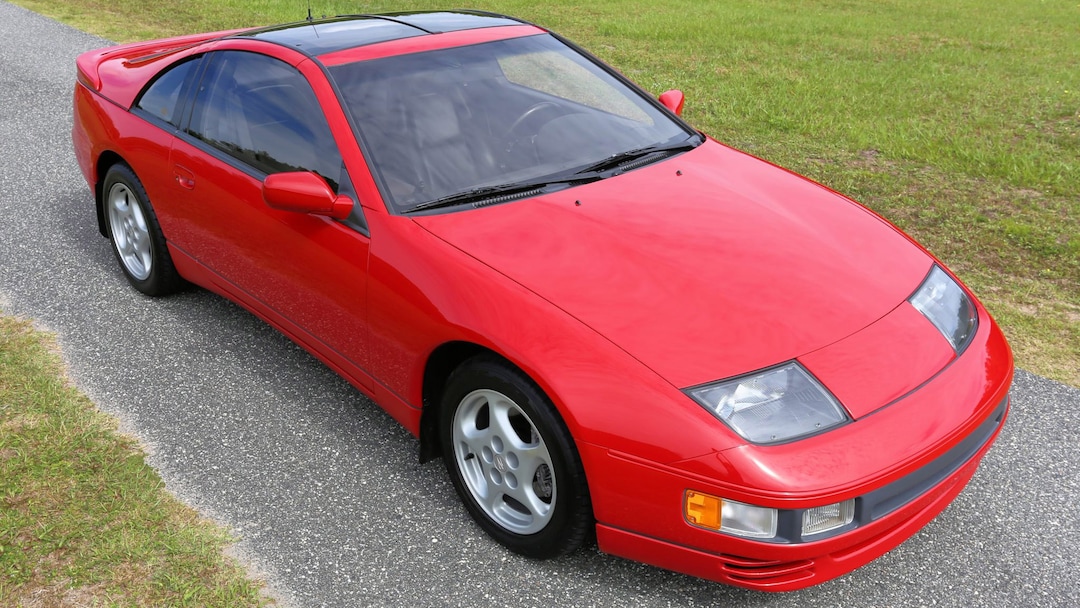
5. Porsche 944 Turbo
In the 1980s, Porsche ventured into liquid-cooled, front-engine, rear-wheel-drive cars, developing a platform that served two models: the 924 and the 944. The 944 was the more serious contender, whereas the 924 functioned as a lower-powered alternative.
Unlike the later air-cooled 911 series, which suffered from oil leaks and cooling issues, the 944 provided strong performance alongside respectable reliability.
While the highest-performing version only reached 240 horsepower, with most producing less, the 944 excelled as a well-rounded vehicle. Comparable to the Corvette in terms of everyday usability, it balanced performance and practicality in much the same way as the Supra and 300ZX did during that era.
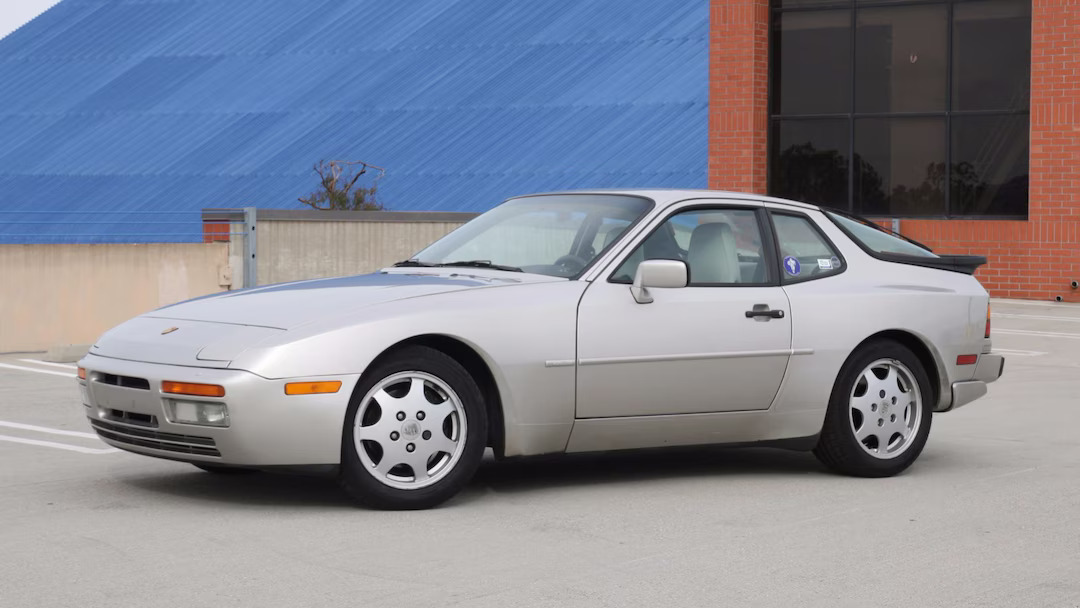
4. Renault Alliance GTA
A car that shouldn’t have worked, couldn’t have worked—but somehow did! This little French machine, powered by a simple naturally aspirated 2.0L OHC front-wheel-drive engine, should have been nothing more than a mediocre coupe.
Instead, it turned out to be a hidden gem—a true pocket rocket. It wasn’t even marketed as a serious sports car, and with AMC already in decline, expectations were low. Yet, this car proved to be a sleeper hit.
Much like the R5 Turbo, Renault maximized the potential of what they had. In short, everything functioned seamlessly, and the car was incredibly lightweight! Sure, its 0-60 time of 10 seconds wasn’t impressive, but it delivered an outstanding 0.87g on the skidpad—even the convertible version managed the same feat!
The heaviest model, the convertible, tipped the scales at just 2,300 lbs, while the hardtop weighed an even 2,000 lbs. When properly maintained, this car could run forever.
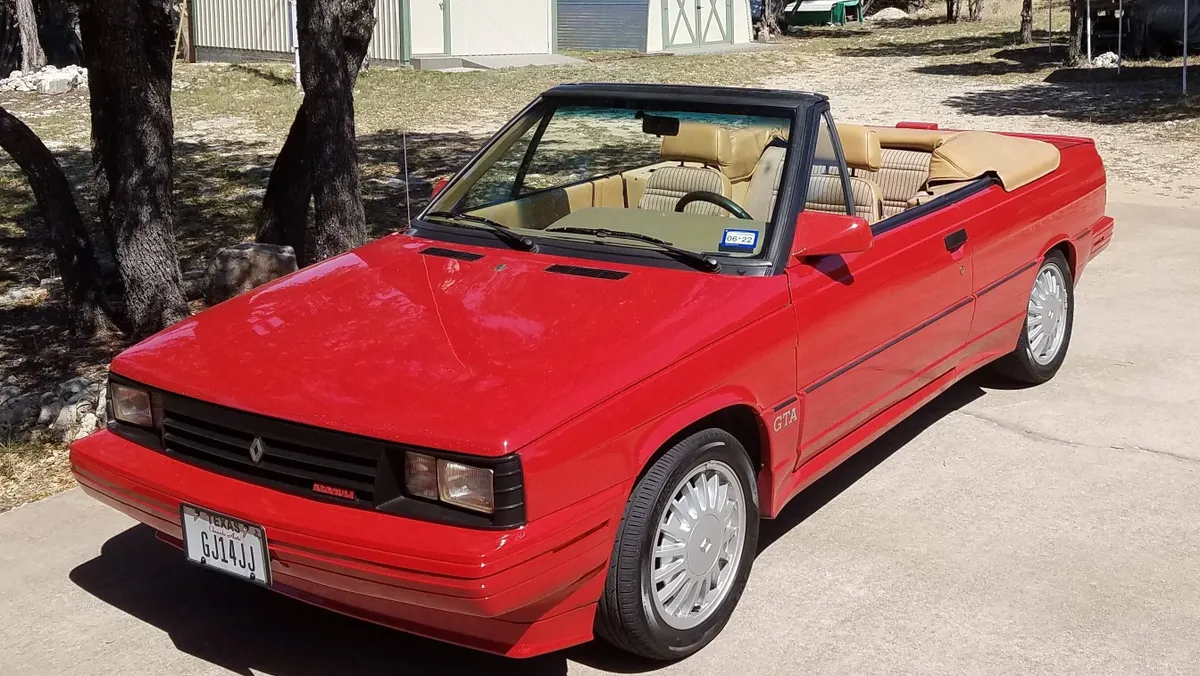
3. Buick Regal T-Type, GN, GNX
Both versions of this car were intentionally underpowered because GM worried that a faster quarter-mile time would impact Corvette sales. Despite that, the T-Type (which shared the same platform but had different paint and trim), GN, and GNX were all quicker in a straight line than the Corvette.
The GNX featured increased boost, pushing power output close to 300 horsepower, compared to the GN and T-Type models, which ranged between 220-245 horsepower.
Though the car was a mix of different parts and lacked top-tier brakes or handling, it excelled in one key area—pure speed. It delivered blistering acceleration without fuss or mechanical failure.
Buick, long known as the preferred brand of professionals like doctors, couldn’t afford to produce unreliable cars like some of GM’s other divisions. The result was a high-performance machine that often reached 200,000 miles before needing major work.
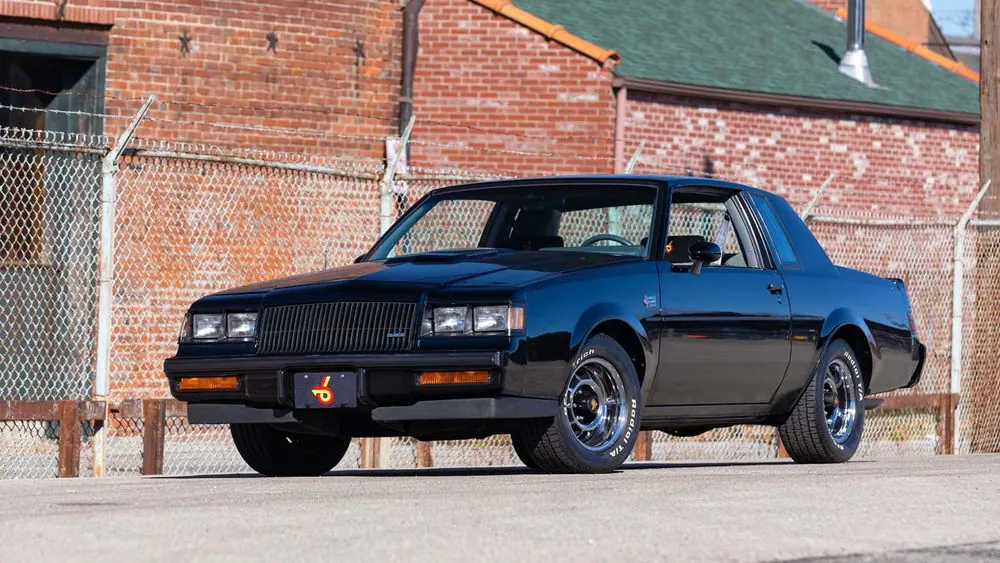
2. Fox Body Mustang And Mercury Capri
There wasn’t anything particularly revolutionary about these cars, but Ford didn’t make any critical mistakes with them either. Admittedly, the earliest versions—those equipped with the underwhelming 4.3L V8 and turbocharged 4-cylinder engines from 1979-80—were disappointments.
However, these models were produced in small numbers and didn’t last long. The rest of the lineup, on the other hand, was solid across the board. Affordable to own and easy to modify, these cars became favorites among enthusiasts.
The 5.0L V8 gained legendary status, even though its peak output was only 225 horsepower. The turbocharged 2.3L SVO model nearly reached 200 horsepower and could achieve 0.83g on the skidpad.
Even the V6 variants provided respectable performance. Ford needed a major success, and the Fox Body Mustang delivered, staying in production for an impressive 12-year run. The LX versions also served as the foundation for numerous high-performance tuner builds.
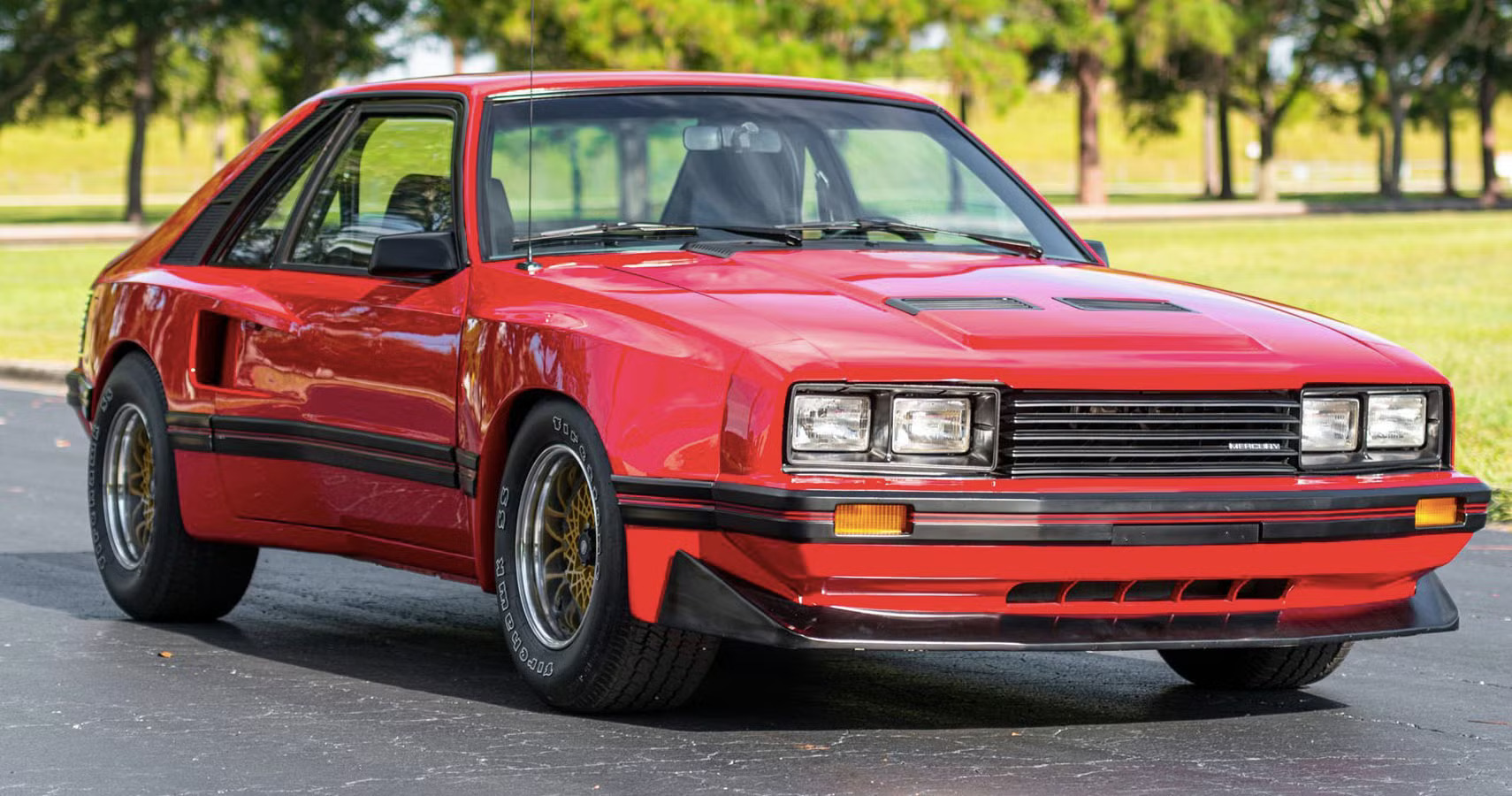
1. American Motors Spirit AMX
A highly underrated sleeper. An AMX with a Jeep 6-cylinder engine? Absolutely! While it was also available with a 304 V8, that engine only provided an additional 25 horsepower. What made this car special was that it was built on the Spirit platform but retained a rear-wheel-drive layout instead of the Spirit’s typical 4WD configuration.
As a result, it was 600 lbs lighter than most similarly sized cars of the era. Additionally, it featured a stiff chassis that utilized well-proven components, all built on a platform that had already been in use for a decade.
Both engine options could easily be tuned to produce over 300 horsepower for less than $2,000 back in its heyday.
By opting for a heavy-duty chassis, AMC avoided designing a car that required excessive maintenance—an important factor given the company’s financial struggles at the time.
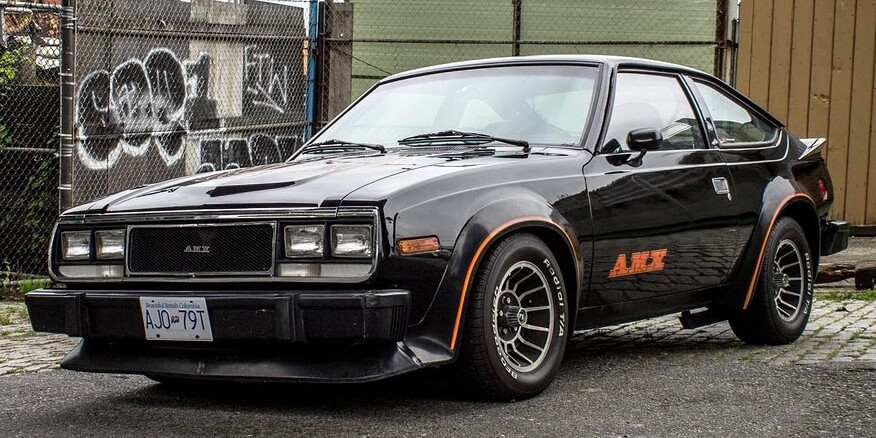
This car was an American tuner’s dream, capable of reaching 500 horsepower with just a turbocharger or supercharger upgrade and a cam swap, regardless of which engine was under the hood.

